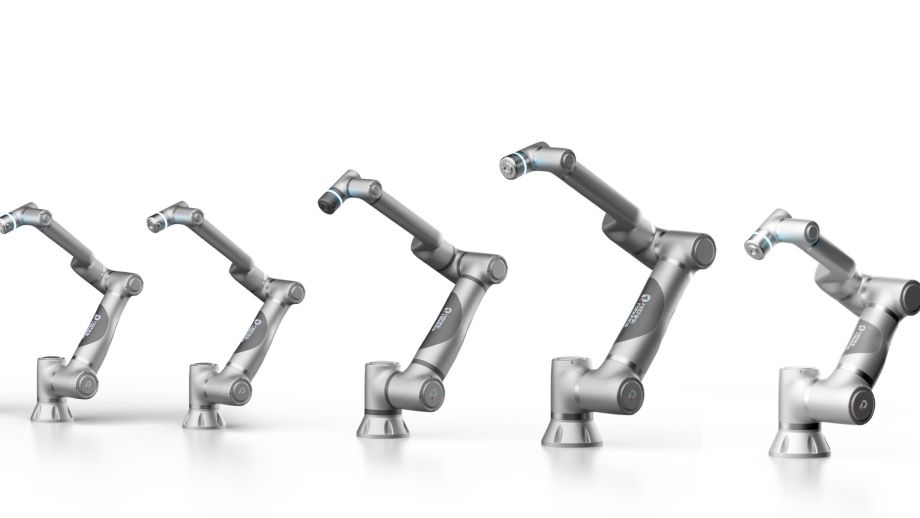The Artificial Pancreas Project
The Artificial Pancreas Project


When a chemical process stream goes bad, you call in the engineers.
But that's in industry. What do you do when there's a glitch in one of the human body's most complex and delicately balanced biochemical processes: the regulation of blood sugar levels?
Engineering has a vital role to play in improving that process too. So in 2005, medical science called in the engineers to help address the diabetes epidemic.
Diabetes is the result of a defective pancreas–an organ gland that pumps the hormones insulin and glucagon to stabilize blood sugar levels. Looked at another way, the pancreas is a pump, controlled by sophisticated real-time monitoring systems, with biocomputational algorithms that let the two systems communicate.
For people with insulin-dependent diabetes, life can feel like an ongoing struggle to monitor diet, check blood sugar, and administer injections. For physicians coping with the mounting diabetes epidemic, it's an ongoing battle to help patients fend off heart disease, blindness, kidney failure, amputations, and other life-threatening complications of high blood sugar, as well as the risk of sudden death when blood sugar dips too low. Enter the Artificial Pancreas.
The Juvenile Diabetes Research Foundation (JDRF) launched its Artificial Pancreas Project six years ago to stimulate the development of a practical, mechanical, and artificial pancreas. The JDRF formed a global consortium of academic and government researchers and private corporations to carry out an orchestrated research and development agenda leading toward a functioning first-generation device.
Building a Bridge
Although not a cure for diabetes, the artificial pancreas would provide a life-saving bridge to diabetics while researchers pursue a cellular-level solution. Like all bridges, its success will hinge on feats of engineering.
"We will have (mechanical) solutions in next few years that will … dramatically reduce the risk of diabetic complications and dramatically make life significantly easier," said Dr. Aaron Kowalski, assistant vice president of treatment therapies at JDRF. "What we'll evolve toward is biomechanical approaches, such as beta cell regeneration and diabetes vaccination."
A self-regulating system, the artificial pancreas would monitor blood sugar levels continuously and automatically release the right amount of insulin at the right times, effectively automating the daily management of diabetes.
As with any complex real-time process control problem, the engineering challenges in the quest for an artificial pancreas are many and multidisciplinary. The first major breakthroughs were the invention of the insulin pump and the mechanical continuous glucose monitor, which measure blood glucose levels in real time, review trends and fluctuations, and issue alerts when levels rise or fall beyond safe limits.
The engineering task at hand was to further miniaturize, integrate, and automate these technologies.
Smaller Is Better
The ultimate device must be small enough to go unnoticed, robust enough to operate with minimal patient intervention, and accurate enough to permit complex therapeutic protocols.
Miniaturization is key. Both the glucose monitor and the insulin delivery system must be discrete, with many vital components able to be implanted or worn just below the skin for long periods of time. Researchers must answer questions about how and where to place these devices in the body for optimal effect.
They also must develop algorithms that translate the glucose measurements into highly precise and dynamic changes in the delivery of insulin to account for glucose-altering functions like eating and exercise.
Research is driven by a JDRF-funded Artificial Pancreas Consortium including diabetes researchers, engineers, and biochemists from nine institutions in the U.S. and Europe. All participants are required to share their findings with the consortium.
The JDRF's objective is to produce a prototype that works, has been tested and validated, and improves the lives of today's patients. However, the larger vision is to stimulate a vibrant commercial marketplace in these new devices that would continually drive improvements in performance and user-friendliness.
Michael MacRae is an independent writer.
For people with insulin-dependent diabetes, life can feel like an ongoing struggle to monitor diet, check blood sugar, and administer injections.



